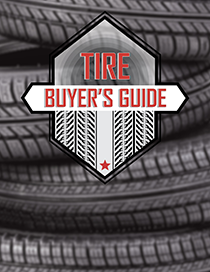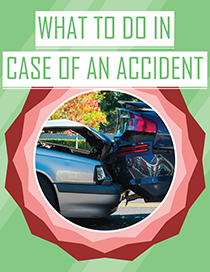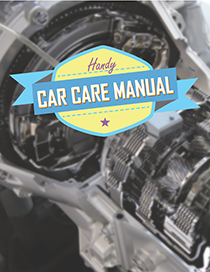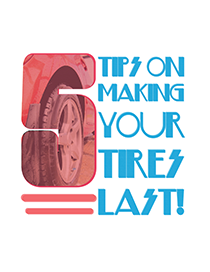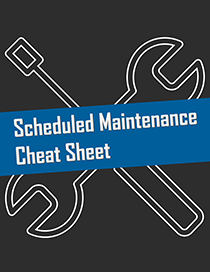Checking Accessory Belts
Although accessory belts might not be something you think about when taking care of your car, they do play a crucial role in the operation of your vehicle and should not be overlooked.
It is important to keep an eye on your accessory belts because they do wear and are susceptible to damage over time. A broken accessory belt can result in serious damage to your car engine or systems. Periodic inspection of your accessory belts will help you catch and replace a faulty belt long before it breaks.
- Check your accessory belts when the car is not running, and after it has sufficiently cooled off. Here is what you need to look for:
- Look for signs of belt wear. Check the belt or belts when the engine is off and the car is cool. In addition to looking at the belt, feel the condition of the belts, checking for cracks, fraying, splits or brittle areas.
- Look for slick spots on the belt. Slick areas on the belt may cause it to slip, leading to overheating and cracking.
- Inspect the pulleys. Check the belt for rubber deposit build-up spots or worn spots, which could catch and result in it snapping.
- Feel the belt tension. Check the belt tension on its longest length. It should be tight, with practically no give.
In addition to your inspection, pay attention to what you hear. Squealing sounds coming from the engine could be due to a loose, worn or damaged belt. If you suspect an accessory belt issue, don’t ignore it! Be sure to get your vehicle into M&M Automotive for belt service as soon as possible.

